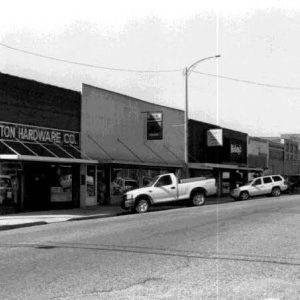 Fordyce Street Scene
Fordyce Street Scene
Entry Category: Museums and Historic Sites
 Fordyce Street Scene
Fordyce Street Scene
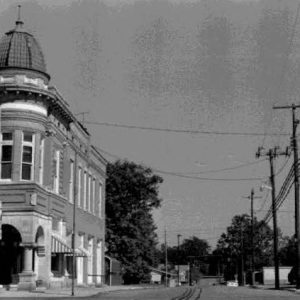 Fordyce Street Scene
Fordyce Street Scene
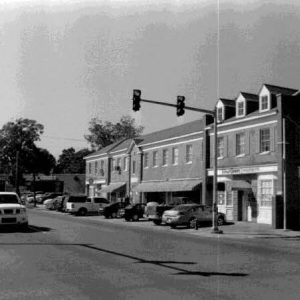 Fordyce Street Scene
Fordyce Street Scene
Fort Logan H. Roots Military Post Historic District
aka: Fort Roots
Fort Smith Museum of History
Fort Smith National Historic Site
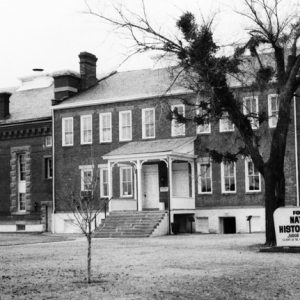 Fort Smith National Historic Site
Fort Smith National Historic Site
Fort Smith to Jackson Road
Forts Lookout and Southerland
aka: Forts Southerland and Lookout
aka: Fort Diamond
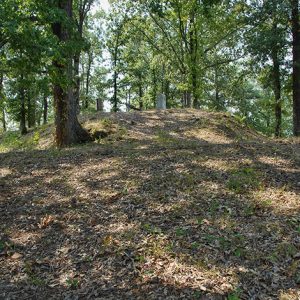 Fort Southerland
Fort Southerland
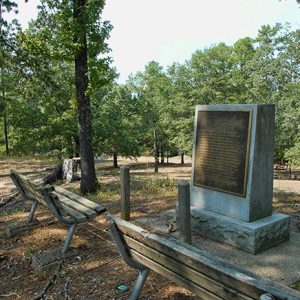 Fort Southerland Park
Fort Southerland Park
 Fort Lookout
Fort Lookout
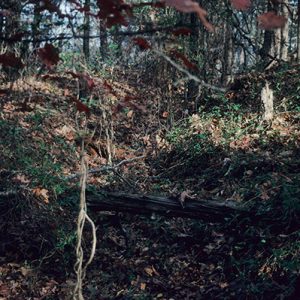 Fort Lookout Entrenchment
Fort Lookout Entrenchment
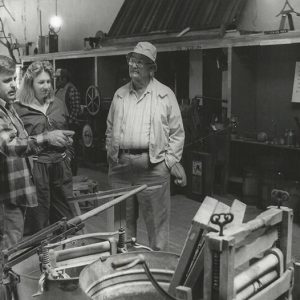 Bill Foster in Scott
Bill Foster in Scott
Fowler House
aka: Absalom Fowler House
 Fowler House
Fowler House
Franklin County Courthouse, Northern District
 Franklin County Courthouse
Franklin County Courthouse
Franklin County Courthouse, Southern District
Frederick Hanger House
aka: Hanger House
 Frenchman's Mountain Cemetery
Frenchman's Mountain Cemetery
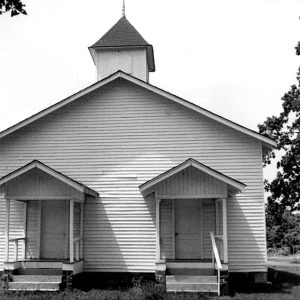 Frenchman’s Church
Frenchman’s Church
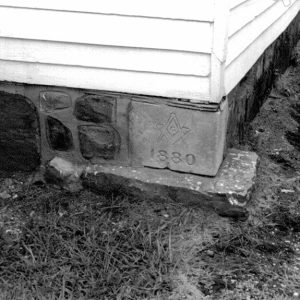 Frenchman’s Mountain Cornerstone
Frenchman’s Mountain Cornerstone
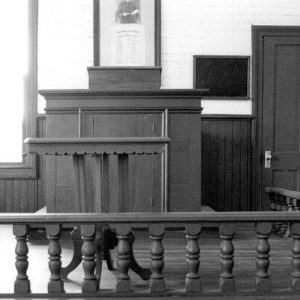 Frenchman’s Mountain Pulpit
Frenchman’s Mountain Pulpit
 Frenchman’s Mountain Rear
Frenchman’s Mountain Rear
 Frith-Plunkett House
Frith-Plunkett House
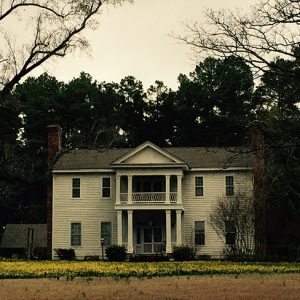 Frog Level Plantation
Frog Level Plantation
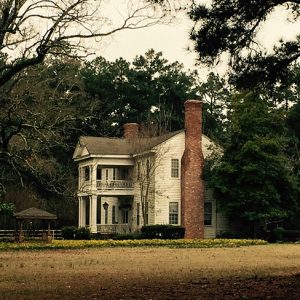 Frog Level Plantation
Frog Level Plantation
 Fruit Cellar
Fruit Cellar
Fuller-Shannon House
 Fuller-Shannon House
Fuller-Shannon House
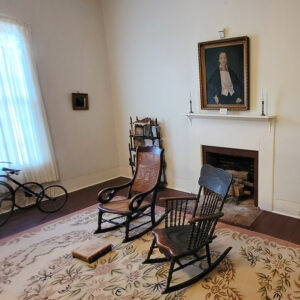 Furnishings and Fireplace Display
Furnishings and Fireplace Display
 Gables
Gables
Galatia Church
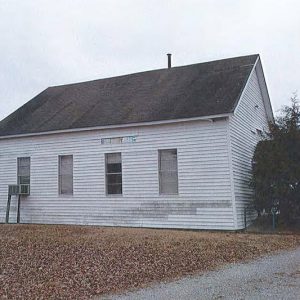 Galatia Church
Galatia Church
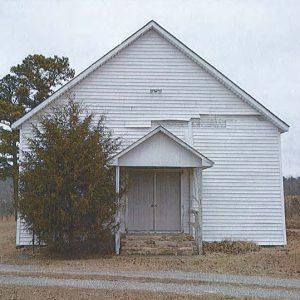 Galatia Church
Galatia Church
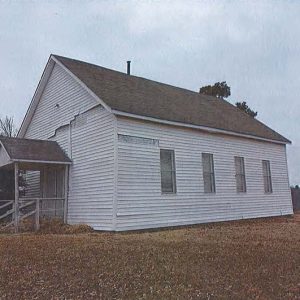 Galatia Church
Galatia Church
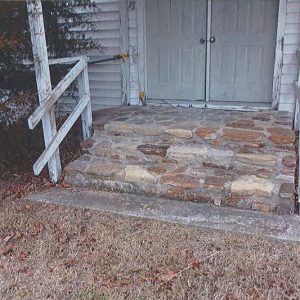 Galatia Church
Galatia Church
 Gambling Exhibits
Gambling Exhibits
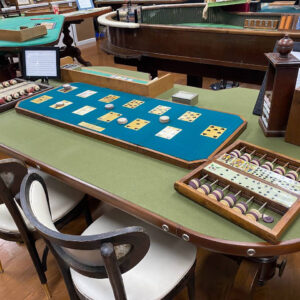 Gaming Tables
Gaming Tables
Gangster Museum of America
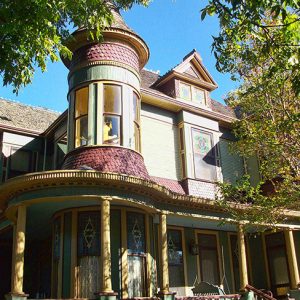 Gann House
Gann House
 Gann House Insignia
Gann House Insignia
Gann House
Gann Museum of Saline County
Gann Row Historic District
Garland County Courthouse
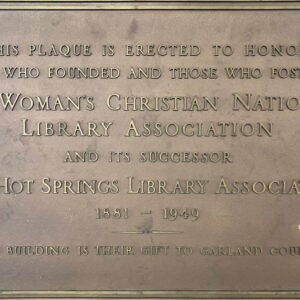 Garland County Library Plaque
Garland County Library Plaque
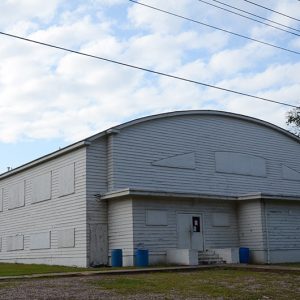 Garrett Whiteside Hall
Garrett Whiteside Hall




